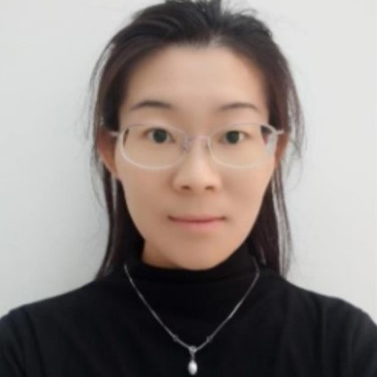Recent Advances in Optical Metamaterials and Metasurfaces
A special issue of Photonics (ISSN 2304-6732). This special issue belongs to the section "Optoelectronics and Optical Materials".
Deadline for manuscript submissions: 30 June 2024 | Viewed by 958
Special Issue Editors
Interests: nanophotonics; light-matter interactions; plasmonics; metamaterials/metasurfaces; 2D materials
Special Issue Information
Dear Colleagues,
Although man-made composite electromagnetic materials have been studied for more than one-hundred years, it was not until the beginning of the 21st century that the term “metamaterials” became a part of the photonics nomenclature. Since then, intensive research efforts have been devoted to the study and fabrication of such complex artificial engineered structures. While these efforts were initially fueled by the material property requirements of various theoretical predictions—such as negative-index perfect lenses or transformation-optics based cloaks—recent trends have shown that the field of metamaterials has much more to offer other than simply to satisfy the hunger for exotic optical properties. In this regard, metamaterials have proven to be a versatile tool to enable next-generation photonic technologies.
This Special Issue invites manuscripts that introduce recent advances in the area of “Optical Metamaterials and Metasurfaces”. All theoretical, numerical, and experimental papers are accepted. Topics include, but are not limited to, the following:
- Reconfigurable and programmable metamaterials and metasurfaces;
- Quantum and superconducting metamaterials;
- Metamaterials for nanoelectronics, nanophotonics and nanoantennas;
- Nonlinear metamaterials and metasurfaces;
- Tunable metamaterials and metasurfaces;
- Space–time modulated metamaterials;
- Chiral, toroidal and magneto-optic metamaterials;
- Nonreciprocal and topological metamaterials;
- 2D materials and metamaterials;
- Analytical and numerical modeling of metamaterials and metasurfaces;
- Fabrication and experimental characterization of metamaterials.
Dr. Yeming Qing
Dr. Yunxia Wang
Guest Editors
Manuscript Submission Information
Manuscripts should be submitted online at www.mdpi.com by registering and logging in to this website. Once you are registered, click here to go to the submission form. Manuscripts can be submitted until the deadline. All submissions that pass pre-check are peer-reviewed. Accepted papers will be published continuously in the journal (as soon as accepted) and will be listed together on the special issue website. Research articles, review articles as well as short communications are invited. For planned papers, a title and short abstract (about 100 words) can be sent to the Editorial Office for announcement on this website.
Submitted manuscripts should not have been published previously, nor be under consideration for publication elsewhere (except conference proceedings papers). All manuscripts are thoroughly refereed through a single-blind peer-review process. A guide for authors and other relevant information for submission of manuscripts is available on the Instructions for Authors page. Photonics is an international peer-reviewed open access monthly journal published by MDPI.
Please visit the Instructions for Authors page before submitting a manuscript. The Article Processing Charge (APC) for publication in this open access journal is 2400 CHF (Swiss Francs). Submitted papers should be well formatted and use good English. Authors may use MDPI's English editing service prior to publication or during author revisions.
Keywords
- metamaterials
- metasurfaces
- metadevices
- space–time modulation
- nonreciprocal photonics
- nanoantennas
- quantum metamaterials
- topological physics






